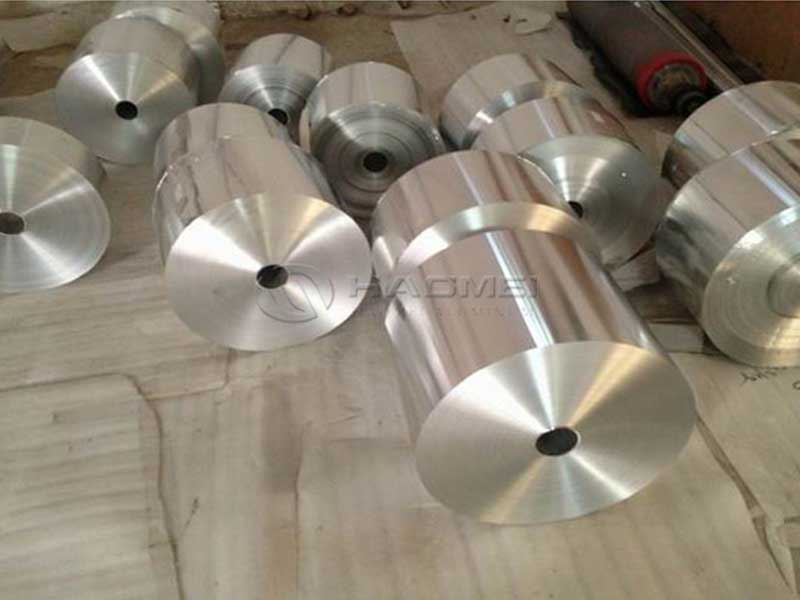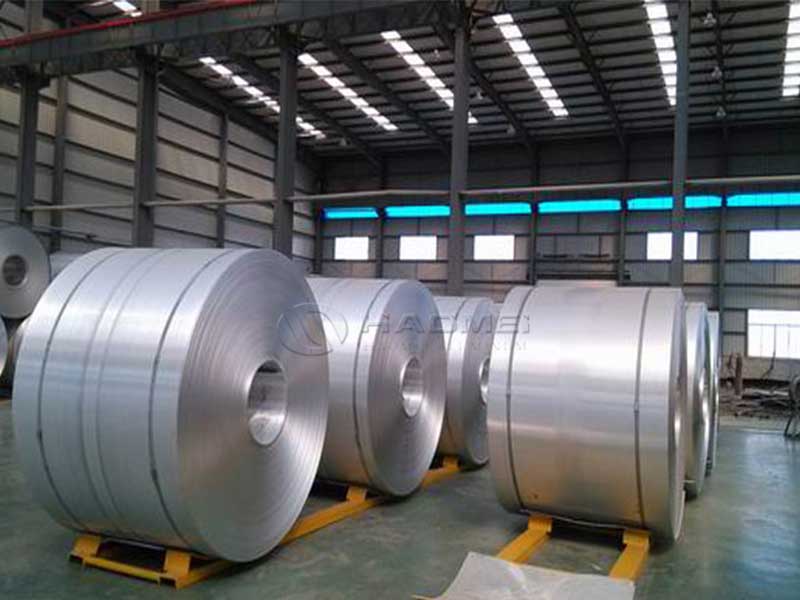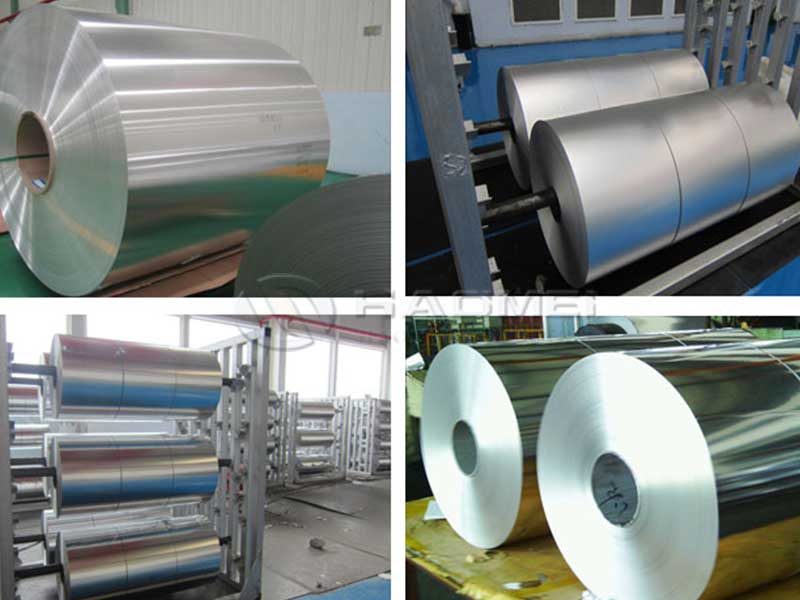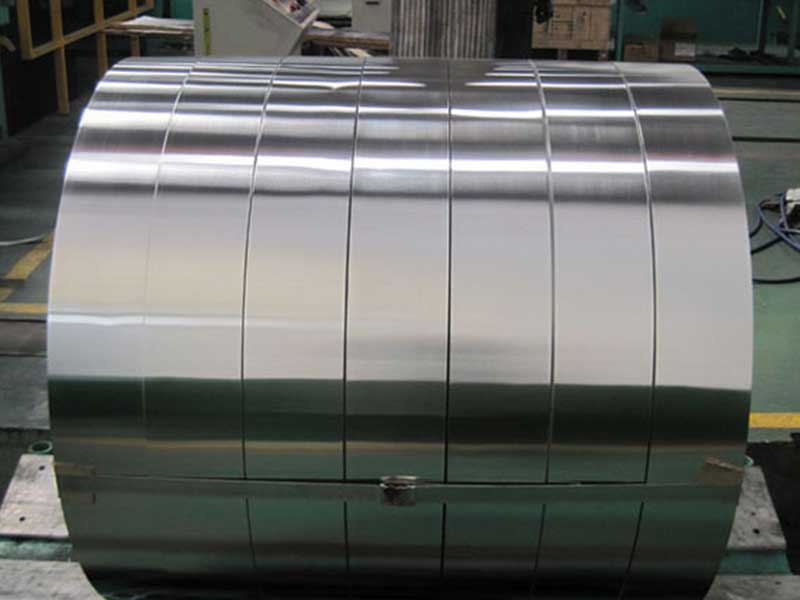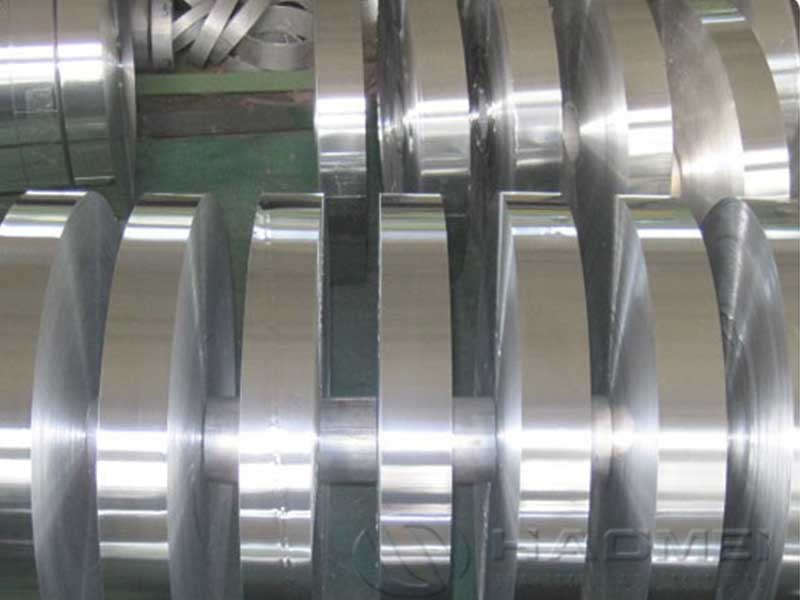Printed Pharma Aluminum Foil is an essential component in the pharmaceutical packaging industry. It combines the protective properties of aluminum foil—barrier resistance to moisture, oxygen, and light—with high-quality surface printing for product branding and regulatory information.
What is Printed Pharma Aluminum Foil?
Printed Pharma Aluminum Foil refers to aluminum film produced specifically for pharmaceutical blister packaging applications, onto which specific graphic prints, batch codes, expiry dates, and branding information are applied. Unlike standard foil, pharma foil must meet stricter hygiene, impurity, and coating requirements to conform to pharmaceutical good manufacturing practice (GMP).
Features & Benefits
| Feature | Benefit |
|---|---|
| High-Barrier Protection | Prevents moisture, light, oxygen, and contamination ingress |
| Specialty Printing Coating | Ink adheres with clarity and resists abrasion, solvent exposure |
| Aluminum Grade Purity | Minimizes any risk of metal contaminants |
| Compliant for Pharma GMP | Safe, non-toxic, and compliant with drug packaging regulations |
| Excellent Flexibility | Facilitates easy lamination and blistering |
Alloy and Temper Grades for Printed Pharma Aluminum Foil
Pharma aluminum foil is typically produced in the following alloy grades:
| Alloy | Temper | Thickness Range | Properties and Remarks |
|---|---|---|---|
| 8011 - H14/H16/H19 | Cold rolled for flexibility and strength | 16 - 40 microns | Industry-standard for pharma foil due to optimum strength and pliability |
| 8021 - H18/H24 | Chemical purity emphasized | 12 - 30 microns | Used where higher purity and specific chemical resistance is required |
Note: Temper defines the mechanical hardness and flexibility, with H14/H16 being quarter hard temper grades commonly used for blister applications.
Physical and Chemical Properties
| Property | Typical Value |
|---|---|
| Density | 2.7 g/cm³ |
| Melting Point | 660°C |
| Tensile Strength | 110 - 170 MPa (varies by alloy temper) |
| Elongation at Break | 5% - 15% |
| Surface Roughness | Rq < 0.3 µm (for crack-free printing) |
| Foil Purity | ≥ 99.0% Aluminum |
Printed Pharma Foil Production Process
- Cast Rolling and Cold Rolling: Raw aluminum alloy is cast and cold rolled to layers suitable for blister foil.
- Annealing: The foil may undergo annealing to achieve specific Grade H temper characteristics for mechanical strength and tensile flexibility.
- Surface Cleaning: The foil is acid-cleaned and polished mechanically or chemically.
- Primer Application: A calibrated primer coat is applied to improve print adhesion and roll-to-roll printing print clarity.
- Printing: Using solvent-free or pharmacopeia-compliant inks, printing is done via flexographic/gravure depending on customer's demand for imagery or text.
- Overlaminate (Optional): Protective clear lamination layers can be applied to protect printed shades especially on aggressive pharmaceutical substances.
- Rewinding and Slitting: Final coils are slit to exact customer width and slitting tolerance standards.
Implementation & Quality Standards
| Standard | Description |
|---|---|
| ASTM B479 | Standard Specification for Aluminum and Aluminum-Alloy Foil |
| IS 737 | Indian Standard for Aluminum Foil |
| GMP for Pharmaceutical Packaging | FDA 21 CFR, European pharmacopeia defines cleanliness, coatings |
| RoHS and REACH compliant | Use of non-toxic, heavy metals & restricted acids free |
| ASTM F 2298 | Specification matching finishing and surface requirements for pharma function |
Packaging and Storage Recommendations
- Keep printed pharma aluminum foil coils in humidity-controlled warehouses.
- Avoid exposure to sharp objects, direct sunlight or corrosive vapors.
- Usage is recommended within 6 months for retainment of printing intensity and foil ductility.
Applications
- Tablet and capsule blister packaging
- Sachets requiring foil-lined barrier sifat
- Cosmetic product barriers adhering pharma compliance
- Medical device cushioning sealants


